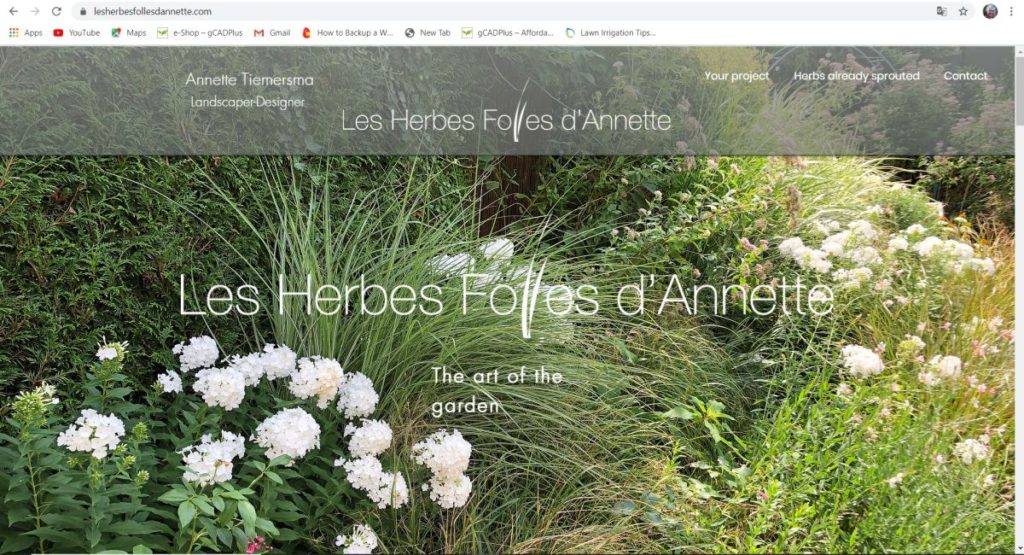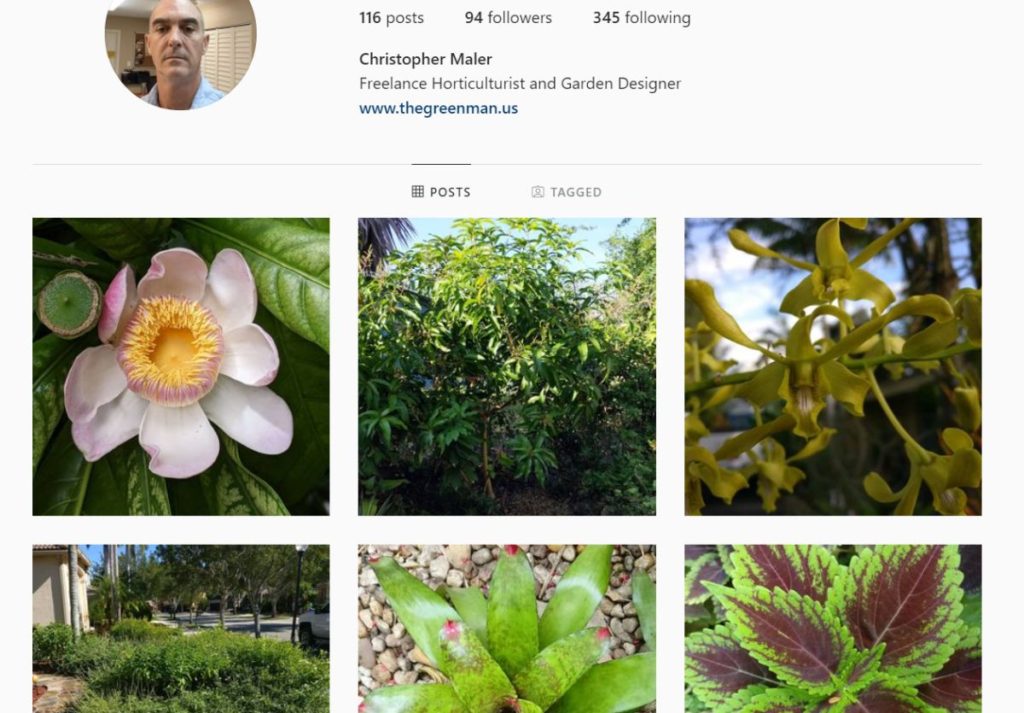Professional landscape designers meet their prospective clients in many ways – referrals from past clients, flyers and brochures, presentations at trade shows etc., but almost without exception, they all maintain an active online presence using a combination of websites and social media activities.
Websites
Here are some examples showing how landscape designers publicize their services on the net.
Tip: Creating content for your online presence takes a lot of time, and we suggest you start this task early in your landscape design journey.
Social media
Social media activities are also a meaningful way to build a profile. Posts on Instagram, Pinterest, etc., are most helpful. Click on the image below to view an Instagram page maintained by a designer based in Florida.
Check out your competitors.
One of the best ways to start is to look at what landscape designers in your city are doing online – google ‘landscape designers in my city”. That will quickly reveal some examples. Here is an example of a Google Search from Seattle in Washington State, USA.

Create content early on.
You can employ the services of a professional web developer or use a free tool such as WordPress to build the site yourself. Still, one thing you will need is content, so make sure you photograph as many gardens as possible, concentrating on those that you find appealing.
This is also a good time to work on your plant knowledge. Here is a link to a website we maintain to support an application called SppDb (SpeciesDatabase). Students in this landscape course can email us and get a free copy of this application.
Exercise 2
Please tell us how far you have progressed in gathering material to promote your design studio by writing a brief paragraph on your reaction to the material here. Email: info@gcadplus.com
Exercise 3
Please send us a screenshot or copy of your SppDb plant database that is similar to the image above. We want to ensure you have begun building a knowledge base about the species you will work with.


